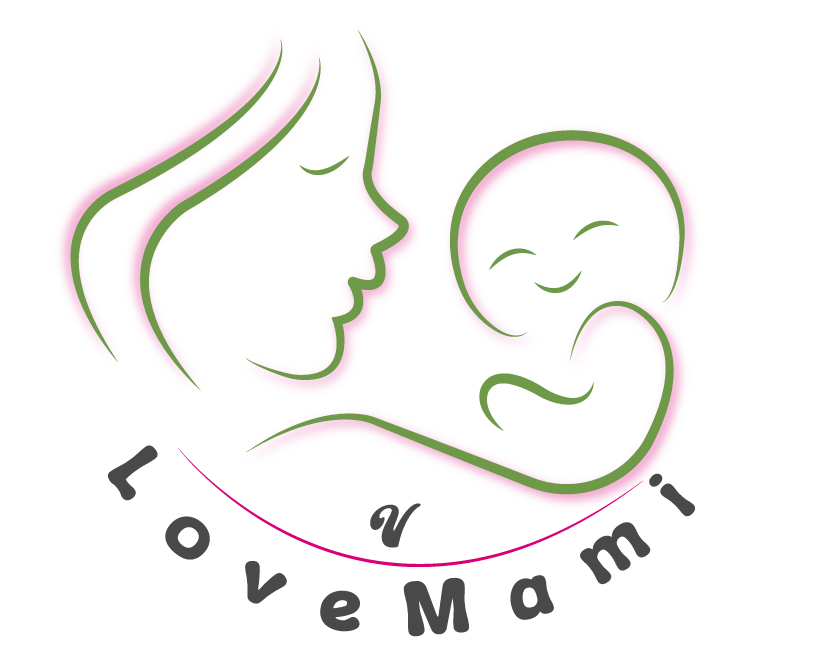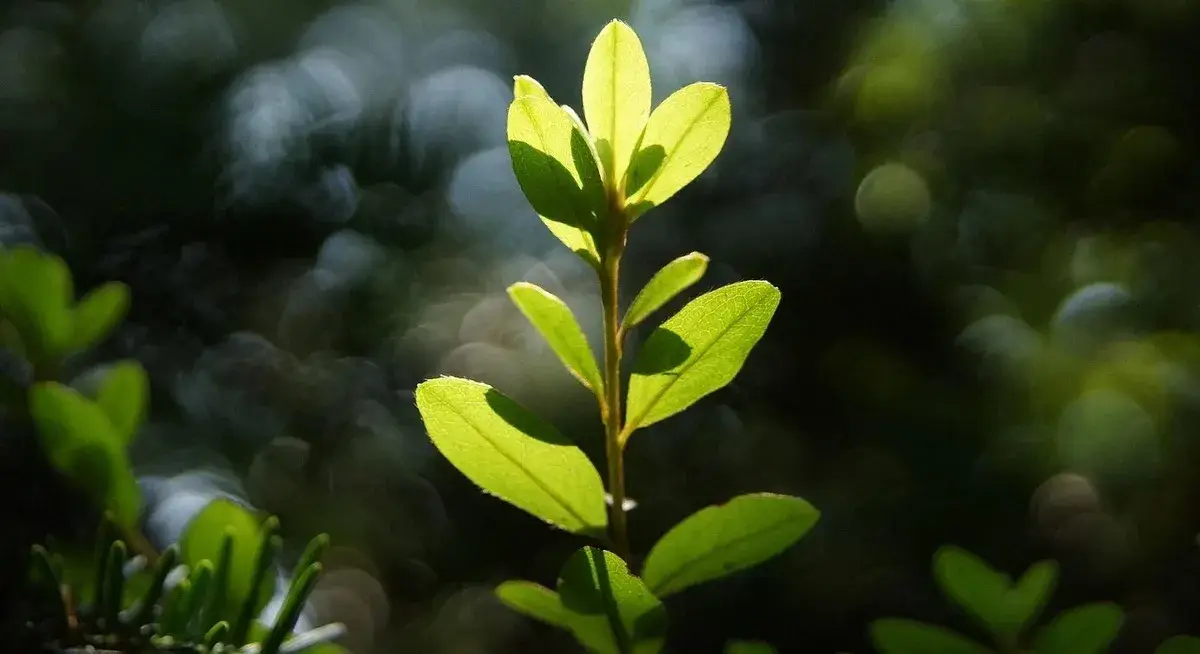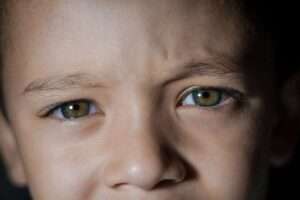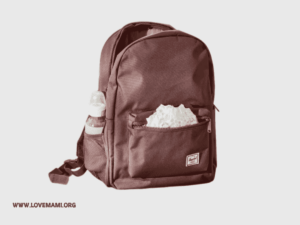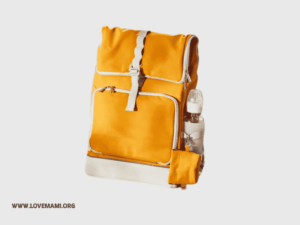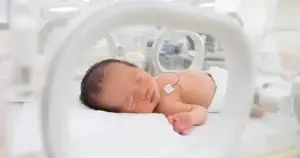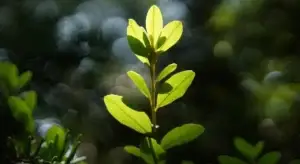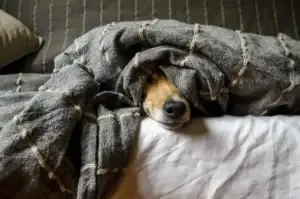Baby wipes are made all around the world , from the U.S. to Ireland to South Korea. Where they’re made affects not just quality but also the ingredients and sustainability practices. Knowing this helps you choose wipes that align with your needs and values.
The super soft baby wipes are always handy in the parent’s bag. They have literally earned their spot by keeping the mess in check or for cleaning the baby’s hands. But are you one of those parents who wonders about the ingredients and the process of making baby wipes? I am one of those extra-caring parents. I always inquire about the origin of the things I am using for my baby.
Since I’m always curious, I did some research about it and noted some points to share with you.
Let’s talk about the manufacturing of our favorite baby product.
Why Does It Even Matter Where Baby Wipes Are Made?
If you ask me why even bother to dig this rabbit hole just out of curiosity when you can simply use the products , but no, no, there are other factors at play too (curiosity is just a part of it 🙂).
This information can help you with:
- Having a sound knowledge of the safety standards and the quality of materials
- Checking whether sustainability and eco-friendly factors are considered
- Most importantly, choosing the right brand of baby wipes
In short, it’s about feeling secure when using these wipes for your baby’s skin.
The Short Answer: Baby Wipes Are Made All Over the World
Not all baby wipes are made in one country or one location. Because of their increasing demand, shops always need to keep their shelves full. Big brands have factories in the U.S., Europe, and Asia. Some even make them in multiple locations to meet demand.
Let’s take a look at where some of the most popular baby wipes are made:
Pamper Baby Wipes:
- Where they’re made: mainly in the USA
- Fun fact: Fun fact: The facilities in the United States comply with FDA rules for baby care products, and Pampers wipes undergo a rigorous quality control process.
During my niece’s first several months, I used Pampers Sensitive Wipes. They were dependable, soft, and I appreciated that they were produced in a high-quality U.S. facility. 👉 Link To Buy From Amazon
Huggies Baby Wipes:
- Where they’re made: They are mostly produced in South Korea and the United States.
- Why it matters: The parent business of Huggies, Kimberly-Clark, prioritizes waste reduction and sustainability in its manufacturing.
I recall talking to a mom friend who uses Huggies Natural Care religiously. She claimed that the brand’s openness about their production process is the reason she likes them. 👉 Link To Buy From Amazon
WaterWipes:
- Where they’re made: Ireland
- Bonus point: The factory process is very clean, and the wipes are made with purified water and very few other ingredients.
When my friend’s baby had eczema, these were my go-to. We felt even better knowing they came from a safe place in Ireland and were very gentle. 👉 Link To Buy From Amazon
Hello Bello:
- Where they’re made: Mostly the U.S. (but some may be made elsewhere)
- What stands out: What stands out is that the company talks a lot about making things in a way that is good for the environment, using clean ingredients, and being responsible.
Kristen Bell and Dax Shepard didn’t just put their names on this brand; they really pushed for quality control and responsible production. 👉 Link To Buy From Amazon
WaterWipes are made with 99.9% purified water and just a drop of fruit extract, making them one of the most natural options out there. Traditional baby wipes may include mild cleansers, preservatives, or added fragrances.
Flushable wipes were first introduced by companies like Kimberly-Clark in the late 1990s. However, their safety for plumbing systems is still debated today.
What’s Actually in Baby Wipes?
Let’s talk about how they are made now that we know where they are made.
A lot of baby wipes are made of a soft, non-woven fabric that has been soaked in a water-based solution. This solution could include:
- Water (obviously)
- Chamomile, aloe, or vitamin E
- Gentle cleansers
- Additives to keep mold from growing
What goes into a wipe often depends on where it is made. For instance, wipes made in Europe might not use certain preservatives that are still allowed in the U.S.
How to Tell Where Your Wipes Are Made
Here’s how to find out about your own wipes if you’re interested:
- Check the packaging –Look at the packaging; most will say “Made in the USA” or “Made in Ireland,” etc..
- Look on the brand’s website – Check the brand’s website; a lot of them list where they get their materials or where their factories are.
- Ask customer service – If you don’t understand, ask customer service. Most brands will let you know.
One time, I sent a message to a brand that wasn’t very well known on Instagram, and they sent me a PDF of their quality standards. That’s pretty cool!
Are Locally Made Baby Wipes Better?
Not always. Just because a wipe is made in the U.S. doesn’t mean it’s better than one made in another country. The most important thing is that the brand is dedicated to safety, quality, and clean ingredients.
But if you want to help local businesses or lower the carbon footprint of your purchase, looking for things made in your area can be a great idea..
Baby Wipes and Sustainability: What You Should Know
This part really makes me think. When you learn about where baby wipes come from, you also learn about how they’re made. That’s where eco-friendly choices come in..
Look for brands that:
- use materials that are biodegradable or come from plants.
- Get certifications like FSC (for sustainable forestry).
- Are open about how much water and pollution their factories use
Brands like Hello Bello, WaterWipes, and Eco by Naty are doing more in this area.
Final Thoughts
So, where do they make baby wipes? Pretty much everywhere, but that’s not a bad thing. Different countries, like the U.S., Ireland, and South Korea, all have their own strengths.
What matters most is what you care about: safety, ingredients, the environment, or helping local businesses. You will feel a little smarter the next time you buy a pack at the store (or click “Buy Now” online).
Wipe away your worries and learn something new!
Just two ingredients: purified water and a drop of grapefruit seed extract. That’s it. Super minimal, super gentle.
Yes, especially fragrance-free and gentle ones. Just be sure to avoid wipes with alcohol or harsh chemicals.
They do! European wipes often avoid certain preservatives that are still allowed in U.S. products. Always read the label if you’re picky about ingredients.
